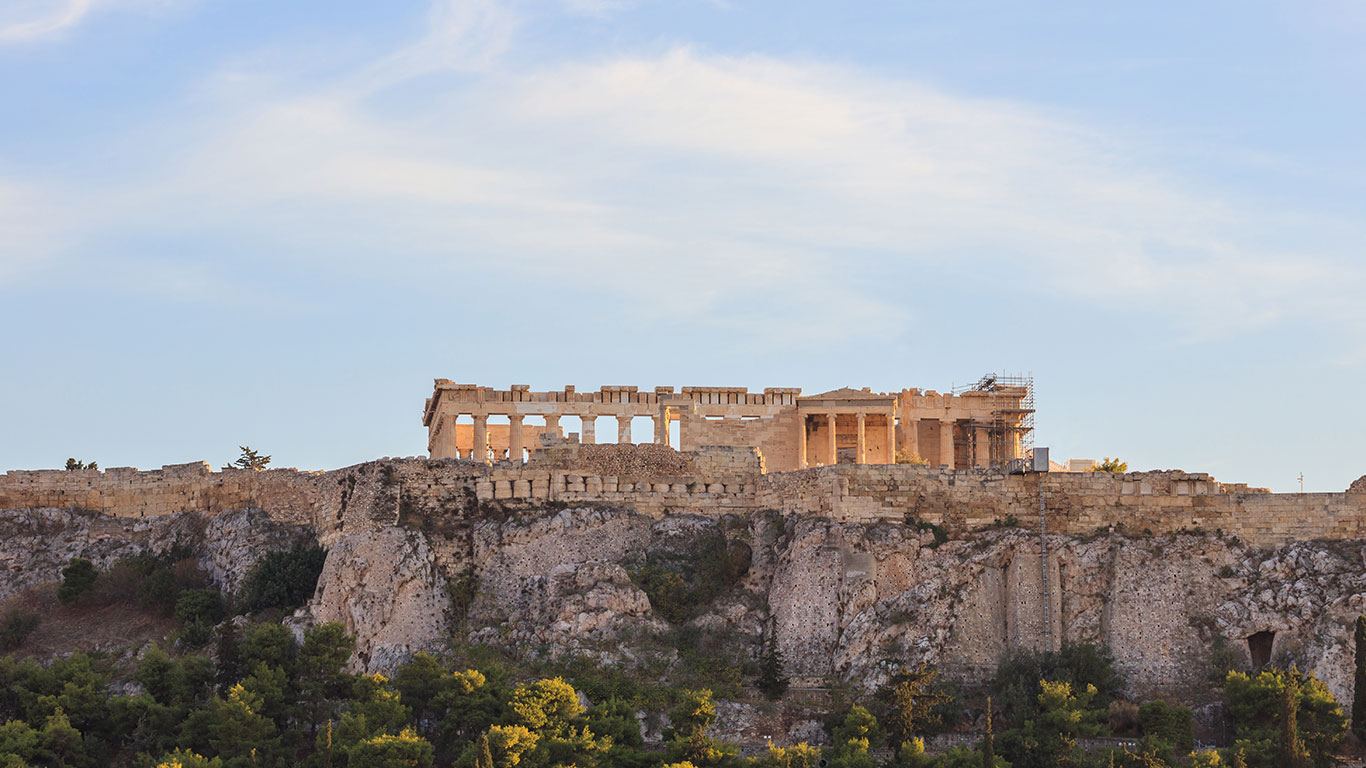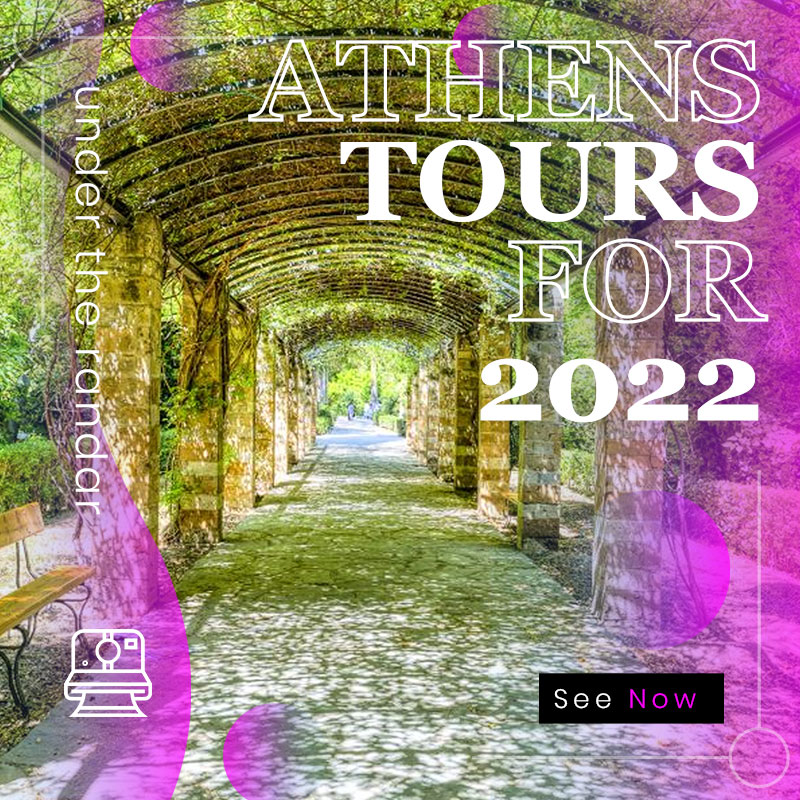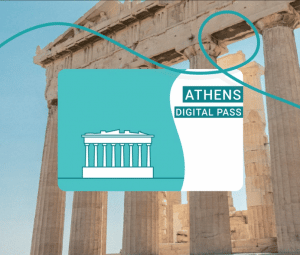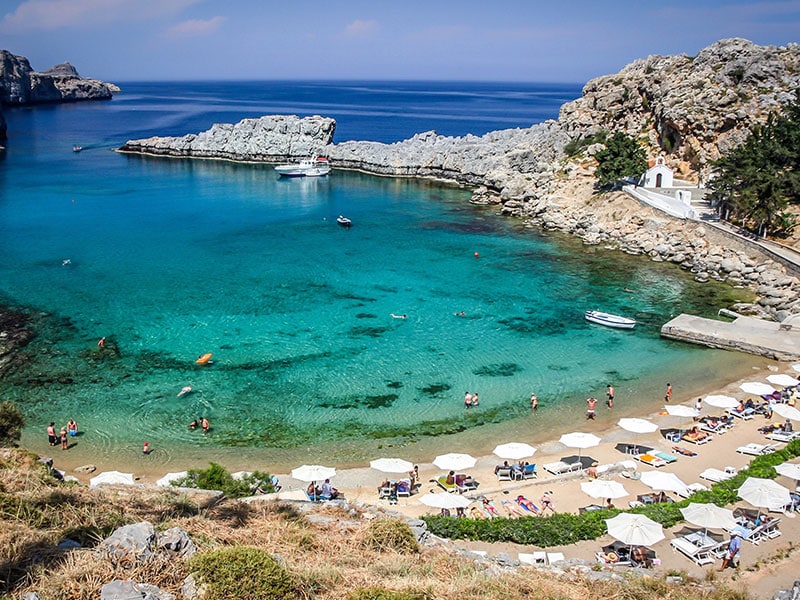Parthenon ,the highlight of Acropolis
The Parthenon, a temple on the Acropolis in Athens, is one of the most famous buildings in the world. The history and design of this ancient structure has been studied by many people over centuries. In this article we will answer some of the most common questions about Parthenon for you!
Why is the Parthenon so important?
The Parthenon was built to be part of an ancient Greek religious site dedicated to Athena, goddess of wisdom and patron goddess of Athens. This building was very important because it symbolized both Athenian democracy and culture during Greece's Golden Age (480- 323 BC). Even today, the Parthenon is part of an active archaeological site that is open to tourists. It was built in the 5th century B.C., at a time when Athens' power, wealth, and high culture were symbolized by it. It was the most magnificent and opulent temple on the Greek mainland to that date. It is still one of the world's most famous edifices, and it is now a symbol of Ancient Greece that stands the test of time.

What was the Parthenon used for?
The Parthenon served as the city treasury, much like most Greek temples.It was subsequently used as the Delian League's treasury and eventually became the Athenian Empire's treasury.In the final decade of the 6th century, a Christian church dedicated to the Virgin Mary was built on top of the Parthenon.
Who built the Parthenon?
Between 447 and 432 BC, the Parthenon was erected under architects Ictinus and Callicrates, with sculptor Phidias overseeing. The Parthenon was finished in 438 BC, with a colossal gold and ivory statue of Athena sculpted by Phidias for the inside being dedicated that year.
What does Parthenon symbolize?
The Parthenon was an expression and manifestation of Athenian wealth in the middle of the fifth century, and it represented Athenian political and cultural dominance throughout Greece during that period.It was larger and more beautiful than any temple that had been built on the mainland of Greece before.
What type of columns does the Parthenon have?
The Parthenon incorporates elements of both the Doric and Ionic orders. It is also known as the "I" temple, owing to its distinctive form and position on the ground. It was constructed around 420 BC in accordance with Phidias' design for a Doric peripteros temple (a type of Ionic order peripteros building). The main sanctuary housed an opisthodomos.
How does the Parthenon use the golden ratio?
The golden ratio was used by Greek mathematician and sculptor Phidias to create the Parthenon, which still stands on the Athenian Acropolis in Greece. The Parthenon, for example, is 30.8 meters broad and 69.51 meters long (101 and 228 feet). This comes out to a 4:9 proportion.
Why was the Parthenon built for Goddess Athena?
At the time when Athens was at its peak, the city's residents erected the Parthenon. The Parthenon was primarily built as a temple to Athena, the principal goddess worshipped by Athenians.
What type of rock is the Parthenon made of?
The columns were made of Pentelic marble, which was used for the first time in their construction, and the massive foundations were constructed of limestone. The Parthenon was built in 447-432 BCE to be the focal point of the Acropolis complex.
Does the Parthenon still stand today?
The Parthenon, along with the other structures on the Acropolis, is now one of Greece's most visited archaeological sites. With funds from the Greek Ministry of Culture and UNESCO, a large restoration project has been launched in Athens, which is still ongoing.
When was the Parthenon built?
The Parthenon, located atop the Acropolis in Athens, Greece, is a testament to the remarkable architectural and artistic achievements of ancient Greece. Built between 447 and 432 BCE, this magnificent temple was dedicated to the Greek goddess Athena, the patroness of Athens.
What was the purpose of Parthenon?
The purpose of the Parthenon was twofold. First and foremost, it served as a sanctuary to house a colossal statue of Athena made of chryselephantine (gold and ivory). This grand statue, created by the renowned sculptor Phidias, depicted the goddess in all her glory, standing over 38 feet tall. It was considered one of the greatest works of art in ancient Greece.
Secondly, the Parthenon served as a place of worship and a symbol of Greek cultural and religious identity. It was believed that the temple provided a residence for Athena herself, creating a sacred space where people could pay homage to the goddess and seek her blessings and protection.
What is the Parthenon's aesthetic?
The Parthenon's architectural design is a marvel in itself. It follows the Doric order, characterized by its sturdy columns with no base and a simple, harmonious aesthetic. The temple's friezes and metopes were adorned with intricate reliefs depicting various myths, battles, and scenes from ancient Greek life.
The Parthenon sculptures, commonly known as the Elgin Marble*, are another significant aspect of this iconic structure. These intricately carved marble sculptures once adorned the pediments and metopes of the temple, further enhancing its artistic grandeur. The sculptures showcased the exceptional skill and craftsmanship of ancient Greek artists.
Note: The mention of the "Elgin Marbles" refers to the controversial collection of Parthenon sculptures currently housed in the British Museum in London. These sculptures were removed from the Parthenon by Lord Elgin, a British diplomat, in the early 19th century and have been a subject of debate regarding their rightful ownership and potential return to Greece.
What does Parthenon symbolize today?
Despite the passage of centuries and the damage caused by wars and time, the Parthenon remains an enduring symbol of ancient Greek civilization. Its purpose as a temple dedicated to the patron goddess of Athens and its awe-inspiring architecture and sculptures continue to captivate visitors from around the world, offering a glimpse into the rich cultural heritage of ancient Greece.
>> Read also: Ionian Islands Greece- Island Hopping, Itineraries & Beaches
Operation Hours of Acropolis
8:00-18:00
Last entrance to the Site at 17.30
Tickets are available at the entrance - Usually there is queue
Official Ticket Prices for Acropolis
Things to Do Nearby
The Acropolis is accessible all year and is in the city of Athens historic center.
















